When it comes to enhancing your outdoor space, choosing the right type of fencing can make all the difference. Decorative fencing from Menards not only provides functionality and security but also adds a touch of aesthetic appeal to your property. In this article, we will delve into the various options of decorative fencing available at Menards, sharing personal experiences, pros and cons of different materials, tips for installation, and more. Let’s get started!
Why Choose Decorative Fencing?
Decorative fencing serves multiple purposes that go beyond mere boundary marking. Here are some compelling reasons to consider installing decorative fencing:
- Enhances Curb Appeal: A well-chosen fence can significantly boost the visual appeal of your home.
- Increases Property Value: Quality fencing can increase your home’s market value.
- Provides Security: Decorative fencing can help keep pets and children safe while deterring trespassers.
- Defines Outdoor Spaces: Fencing can delineate areas for gardens, patios, or pools.
Types of Decorative Fencing Available at Menards
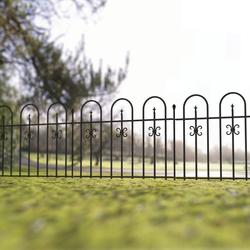
Menards offers a wide variety of decorative fencing options. Here we will explore the most popular materials and styles:
1. Vinyl Fencing
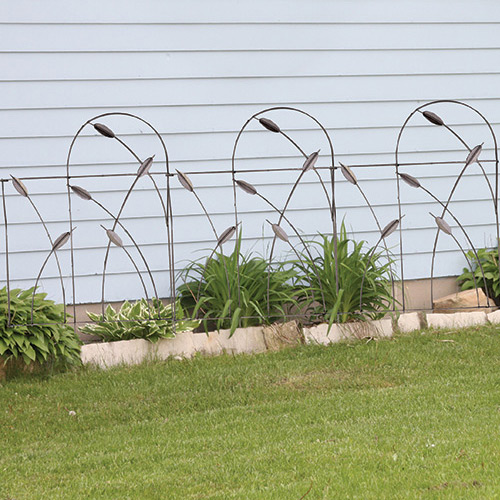
Vinyl fencing is a popular option due to its durability and low maintenance. It comes in various styles, including picket, privacy, and ranch rail.
Pros of Vinyl Fencing
- Low maintenance; no painting or staining required.
- Variety of styles and colors to choose from.
- Long-lasting and resistant to warping and fading.
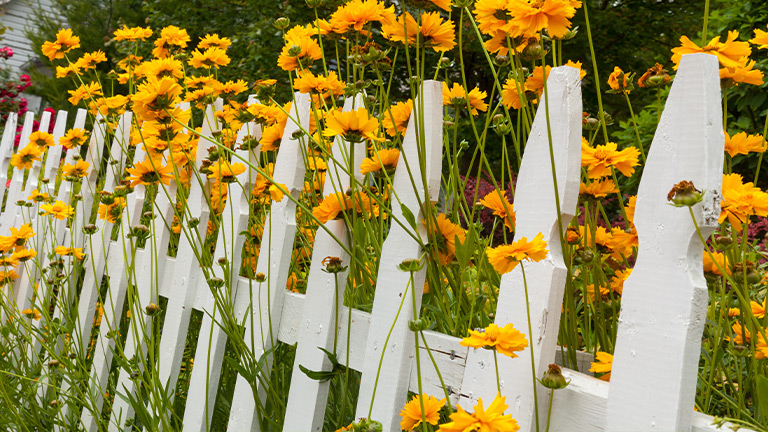
Cons of Vinyl Fencing
- Higher initial cost compared to wood.
- Can become brittle in extreme temperatures.
2. Wood Fencing
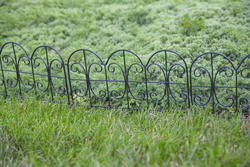
Wood is a classic fencing material known for its beauty and versatility. Menards offers several types of wood fencing, including cedar, redwood, and treated pine.
Pros of Wood Fencing
- Natural aesthetic that blends well with outdoor environments.
- Easily customizable with paint or stain.
- Strong and sturdy structure.
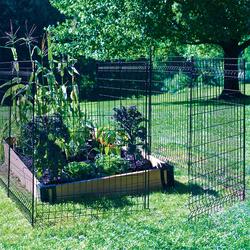
Cons of Wood Fencing
- Requires regular maintenance such as staining and sealing.
- Susceptible to rot, insects, and weather damage.
3. Chain Link Fencing
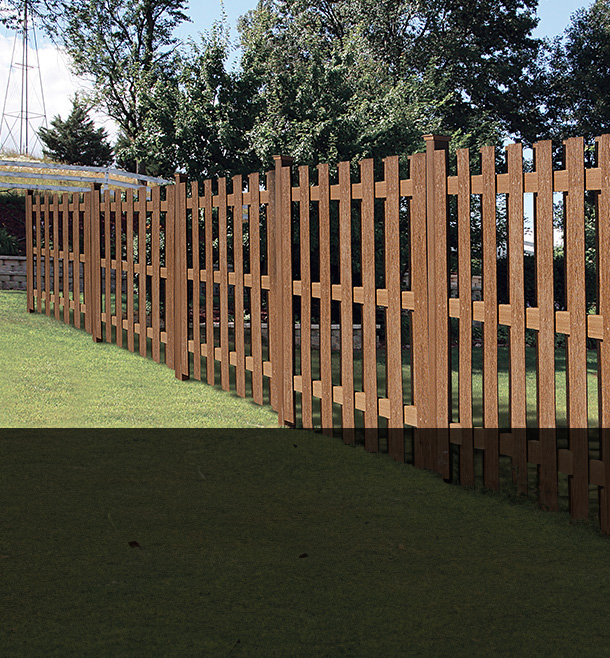
Chain link fencing is a practical choice for security and function. It’s often used for enclosing larger areas where visibility is desired.
Pros of Chain Link Fencing
- Affordable and cost-effective solution.
- Provides a clear view and allows airflow.
- Low maintenance and long-lasting.
Cons of Chain Link Fencing
- Less aesthetically pleasing compared to other options.
- Limited privacy unless covered with slats or vines.
4. Aluminum Fencing
Aluminum fencing blends the strength of metal with a decorative finish, making it an excellent choice for those looking for both security and style.
Pros of Aluminum Fencing
- Rust-resistant and low maintenance.
- Elegant appearance resembling wrought iron.
- Lightweight but strong and durable.
Cons of Aluminum Fencing
- Can be more expensive than wood and chain link.
- Less privacy compared to solid panel fencing.
Comparing Different Types of Decorative Fencing
Here’s a comparison table to summarize the pros and cons of the different types of decorative fencing available at Menards:
| Type | Pros | Cons | Typical Cost |
|---|---|---|---|
| Vinyl | Low maintenance, variety of styles, long-lasting | Higher initial cost, can become brittle | $20 – $40 per linear foot |
| Wood | Natural aesthetic, customizable, strong | Requires maintenance, susceptible to damage | $10 – $30 per linear foot |
| Chain Link | Affordable, clear view, low maintenance | Less aesthetically pleasing, limited privacy | $8 – $15 per linear foot |
| Aluminum | Rust-resistant, elegant, durable | More expensive, less privacy | $25 – $60 per linear foot |
Factors to Consider When Choosing Decorative Fencing
Choosing the right fence requires careful consideration of several factors:
1. Purpose
Determine the primary purpose of your fence. Is it for security, privacy, or aesthetic appeal?
2. Budget
Establish a budget that includes materials, installation, and maintenance costs.
3. Local Regulations
Check local zoning laws and HOA guidelines regarding fence height and materials.
4. Maintenance
Consider how much time and money you are willing to invest in maintaining your fence.
Installation Tips for Decorative Fencing
Installing decorative fencing can seem daunting, but with proper planning, it can be a rewarding DIY project. Here are some tips based on my personal experience:
1. Planning and Design
Before you begin, sketch out your design and measure the area to determine how much fencing you will need.
2. Gather Necessary Tools
Common tools you’ll need include a post hole digger, level, string line, and fencing materials.
3. Set the Posts
Install the fence posts first, ensuring they are level and spaced evenly according to your design.
4. Attach the Fencing
Once the posts are secure, attach the fencing material according to your chosen style.
Maintenance Tips for Decorative Fencing
To prolong the life of your decorative fencing, regular maintenance is crucial. Here are some tips:
1. Clean Regularly
Keep your fence clean to prevent mold and dirt buildup. For vinyl and aluminum, a simple hose down will suffice. For wood, a gentle scrub with soapy water can help.
2. Inspect for Damage
Regularly check for signs of damage, such as rot in wood fences or rust in metal ones.
3. Apply Protective Treatments
For wood fences, apply stain or sealant every few years to protect against moisture and UV damage. For vinyl and aluminum, consider using a protective wax or sealant.
Conclusion
Menards offers a wide array of decorative fencing options to suit various styles, budgets, and purposes. Whether you prefer the low-maintenance benefits of vinyl, the natural aesthetics of wood or the secure feel of aluminum and chain link, there is something for everyone. Investing in decorative fencing not only enhances your property but also provides functionality and security.
Remember to consider your personal preferences, the purpose of the fence, and maintenance requirements when making your choice. With the right decorative fencing from Menards, you can create an outdoor space that is both beautiful and functional.
Frequently Asked Questions (FAQs)
1. How much does decorative fencing cost?
The cost of decorative fencing can vary widely based on materials and style. Generally, prices range from $8 to $60 per linear foot.
2. Can I install decorative fencing myself?
Yes, many homeowners choose to install decorative fencing as a DIY project. Just ensure to plan properly and gather all necessary tools.
3. What is the most durable fencing material?
Vinyl and aluminum are both highly durable and resistant to weather-related issues compared to wood.
4. How often should I maintain my fence?
Inspect your fence at least once a year and clean it regularly. Wood fences especially need protective treatments every few years.
5. Does decorative fencing provide privacy?
Some styles of decorative fencing, like privacy fences, are designed to block views, while others, like picket fences, offer less privacy.
For more information and to explore your options, visit Menards.com today!